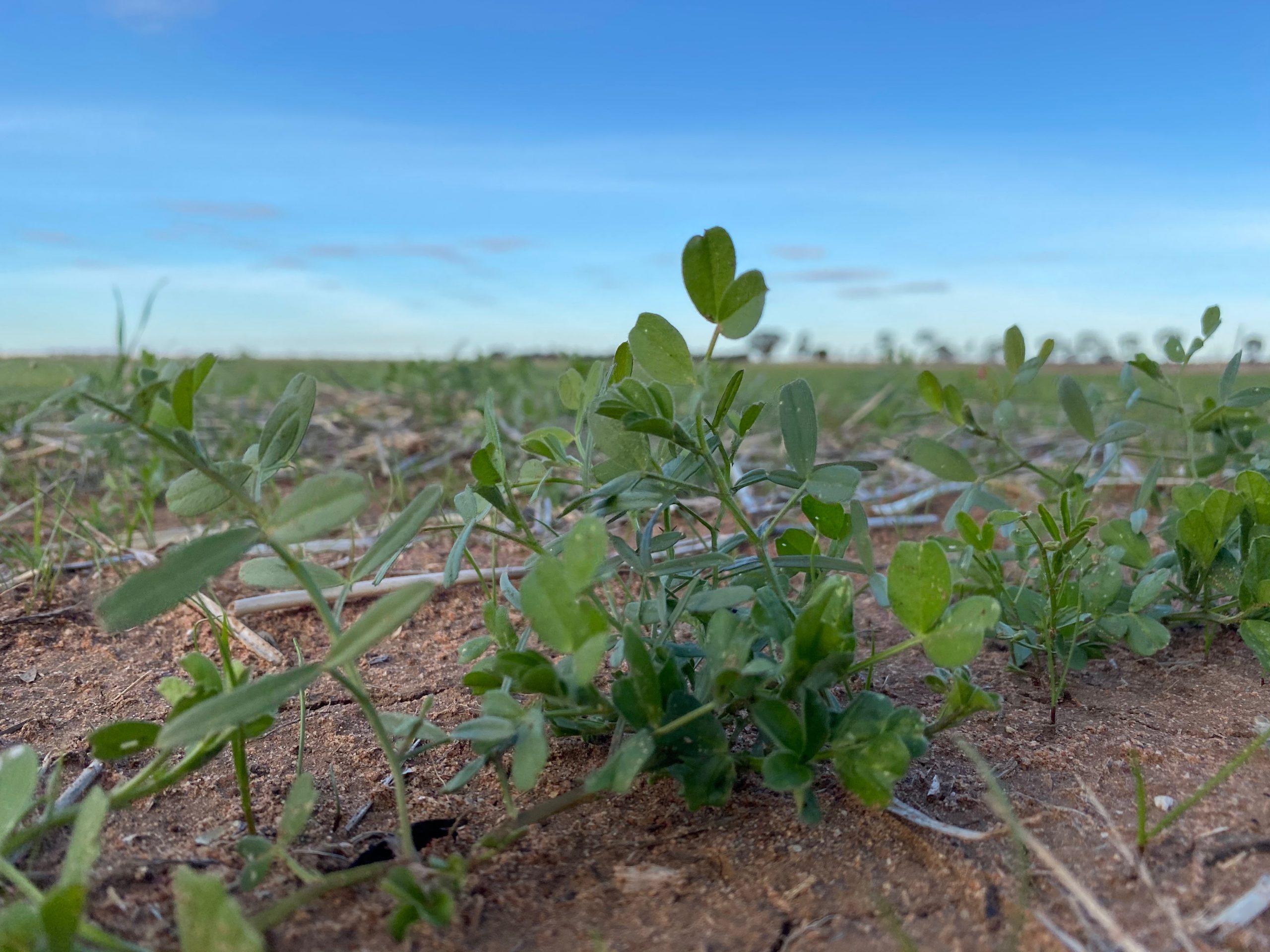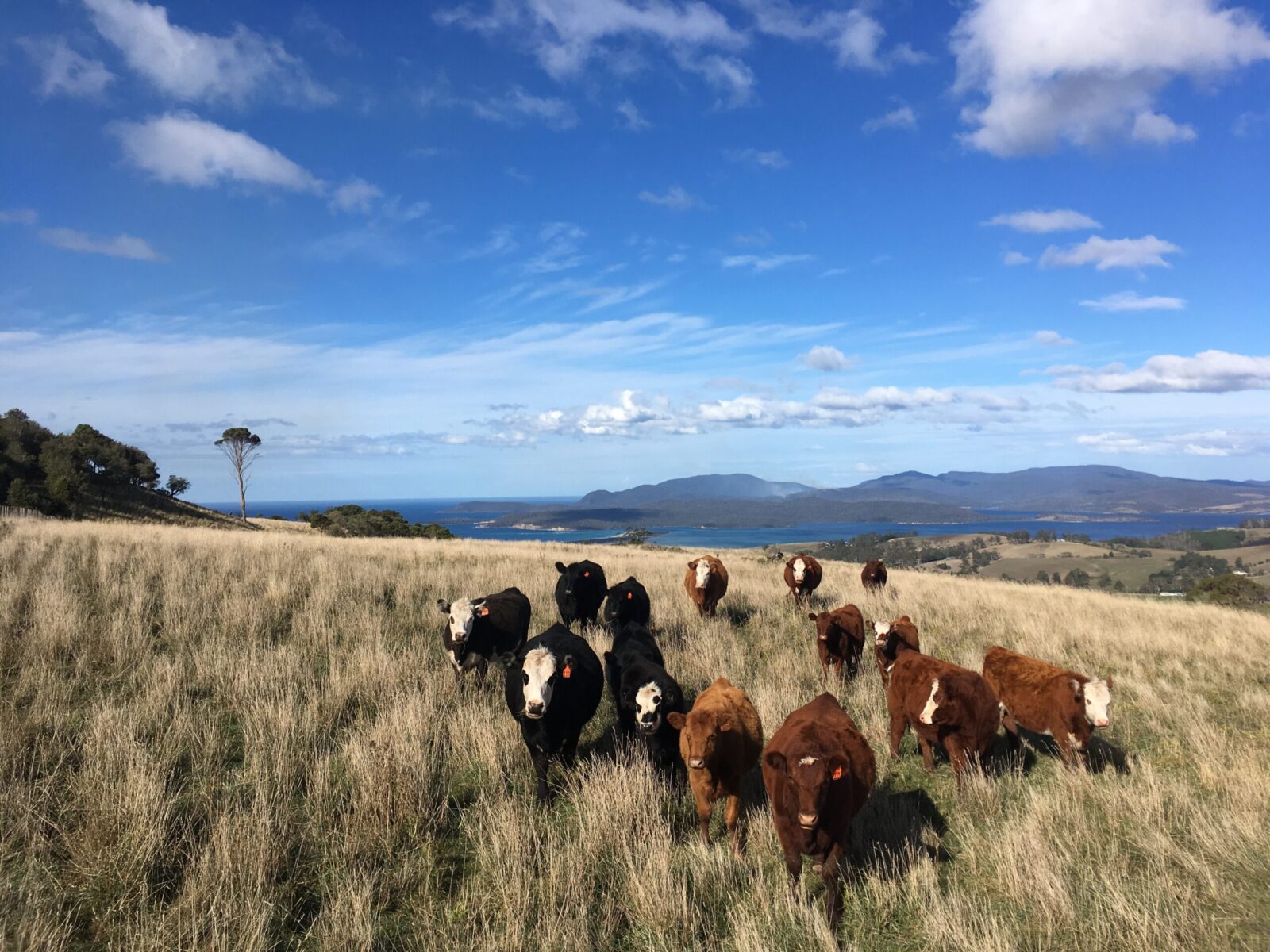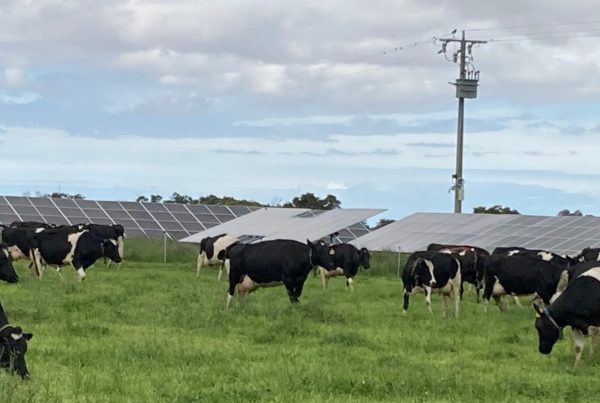Maintenance of soil organic matter is fundamental to sustainable agriculture. Soils teem with life and we are only just beginning to understand how to work with soil ecology. In a changing, potentially more hostile climate, a good understanding of the relationship between organic matter, soil carbon, climate, soil biology, and management practices is essential.
Australian soils are generally old and highly weathered. Typically, they are poorly structured, show poor fertility, and relatively low in carbon and organic matter. Since European settlement, land clearing and ill-suited management practices have compounded natural salinity, acidity, sodicity, and compaction, undermining productivity and sustainability. While reversing these losses would be a heroic task, even small gains in carbon have been shown to significantly improve soil health.
Regenerating soil carbon and organic matter helps to build resilience, lessen compaction, boost beneficial microbes, release some mineral nutrients, reduce the risk of accumulated toxins, improve water-holding capacity, reduce the risk of waterlogging, and lift productivity.
The money saved in productivity benefits alone can make some regenerative practices well worthwhile. Additionally, some farmers are testing the carbon market, using carbon sequestration as an additional income stream.
While we have a lot to learn about soils and soil carbon storage, research and experience suggests a few important tips and strategies:
- Just how fast and how much soils acquire more carbon varies widely, even on the same farm. Typically, the big factors limiting soil organic carbon stocks in Australia are moisture and soil texture, with land-use history, nutrient availability, and land-use/management playing lesser but potentially significant roles.
- Because soil conditions are often highly location specific, management/regenerative practices should be tailored appropriately. The same practice applied in one area (even on one part of the farm) may be unsuitable in another.
- Even small improvements in soil carbon can yield substantial savings through more resilient production.
- When practices change, carbon sequestration tends to be quite fast initially, slowing down to a trickle within a few years until it reaches a new equilibrium—a process that may take decades or even centuries. At this point, the soil becomes ‘saturated’ with carbon.
- Importantly, the sequestration process is at risk of reversal, potentially more so in a changing climate. What takes years or decades to build up can be lost in a single drought and/or if regenerative practices aren’t maintained. This is why the Emissions Reduction Fund offers a discounted carbon credit value for short-term (25-year) contracts—to make up for the greater risk of reversal. Management practices will only be effective in sequestering carbon if is stable over a long period—100 years according to permanency requirements under the ERF’s accounting methods.
- Animal manure is a valuable source of nutrients and organic material that too often goes to waste. Applied carefully, animal manures can help to build soil carbon and improve the structure of soil, reducing the risk of moisture loss and encouraging a complex microbial ecosystem. But manure can often be a source of emissions, too. Be aware that prolonged, regular applications of manure may raise the salinity level in the soil, so monitor carefully. Organic farmers may be concerned about the potential introduction of trace residues of agvet chemicals in manure from conventional animal production.
- Be sure to keep an eye on the total soil carbon balance, with a focus on net gain. Carbon inputs at one location, e.g. by resting from grazing or applying manure, may reduce carbon in another, without any overall gain.
- Shifting from crops to pastures, especially perennial pastures, offers substantial potential to increase soil organic carbon. (The overall, long-term carbon benefit, however, needs to be weighed against emissions from livestock.) The rate of increase following conversion from cropping to permanent pasture is largely dependent on starting soil organic carbon levels. Where soils have a history of optimal pasture management, with good water and nutrient supplies—such as in may dairy regions—they are likely to be at or close to their capacity to store carbon. In such cases, there may be little opportunity sequester more.

- Retaining crop residue can raise the potential for soil carbon sequestration.
- Zero tillage and other soil conservation practices help to build soil organic matter and have been shown to slow the rate of soil carbon loss after land clearing.
- In semi-arid and sub-humid zones, inclusion of pasture in cropping systems and phosphorus fertiliser application has been shown to slow down the rate of carbon loss and raise the potential for sequestration in pastures.
- Rotational grazing may engender a small carbon sequestration benefit, but this needs more research.
- Retain remnant native vegetation and use a whole farm plan to identify parts of the property that could be eligible for retirement and revegetation. Native bush regeneration has been shown to sequester substantial amounts of carbon, in the soil as well as the body of the plant. With good landscape design, biodiverse plantings can enhance farm performance by, for example, reducing erosion and sheltering stock.
- Agroforestry can be combined with grazing as shelterbelts and fodder, as well as a source of timber, bushfoods, essential oils, and carbon credits. For example, Tagasaste—widely used as a fodder crop in the low-rainfall zone—has been shown to sequester substantial amounts of carbon, both above and belowground. Additionally, Tagasaste grows fast, is drought tolerant, offers a valuable source of fodder in dry summers, provides shade and a good windbreak when grown in hedge, and nitrogen to depleted soils. Be sure to avoid weedy species when planning agroforestry.
- Biochar (activated charcoal) offers the potential to store carbon for very long periods in a stable form. It may also promote additional carbon sequestration by activating microbial activity in the soil and otherwise improve soil health. Not all biochars are suitable for all farming systems, however. Some producers find biochar very valuable as a soil amendment, while the benefits are less clear in other cases. Biochar quality is unregulated, so take care when sourcing, bearing in mind the risk of introducing contaminants. Some biochars are known to absorb agrichemicals, such as herbicides—making them less efficient and concentrating them in the root zone. Biochar production (pyrolysis) can release highly toxic pollutants, introducing a health risk. It doesn’t make much sense to use biochar if the emissions over its life cycle outweigh any improvements to soil carbon. Remember, simply shifting carbon from one place to another doesn’t itself amount to a net carbon gain, unless it helps to sequester additional carbon on farm.
-
Research
We’ve been thrilled to host a number of important speakers at our events who have discussed carbon farming and carbon storage. Some of these include:
- Ben Keogh, Australian Carbon Traders, 101 on carbon markets
- Mark Gasson, Reducing Carbon Building Communities Fund, Overview of the RCBC fund
- Professor Richard Eckard, University of Melbourne, Managing carbon in the farming landscape Carbon on farms: Promise or Reality?
- Dr Cara Stitzlein, CSIRO, Climate-smart farm planning and thinking Discovery and exploration of carbon farming opportunities for the farm: LOOC-C
Other great resources include:
- Carbon Farming Knowledge website
- PICCC’s Increasing soil carbon in eastern Australian farming systems
In practice






